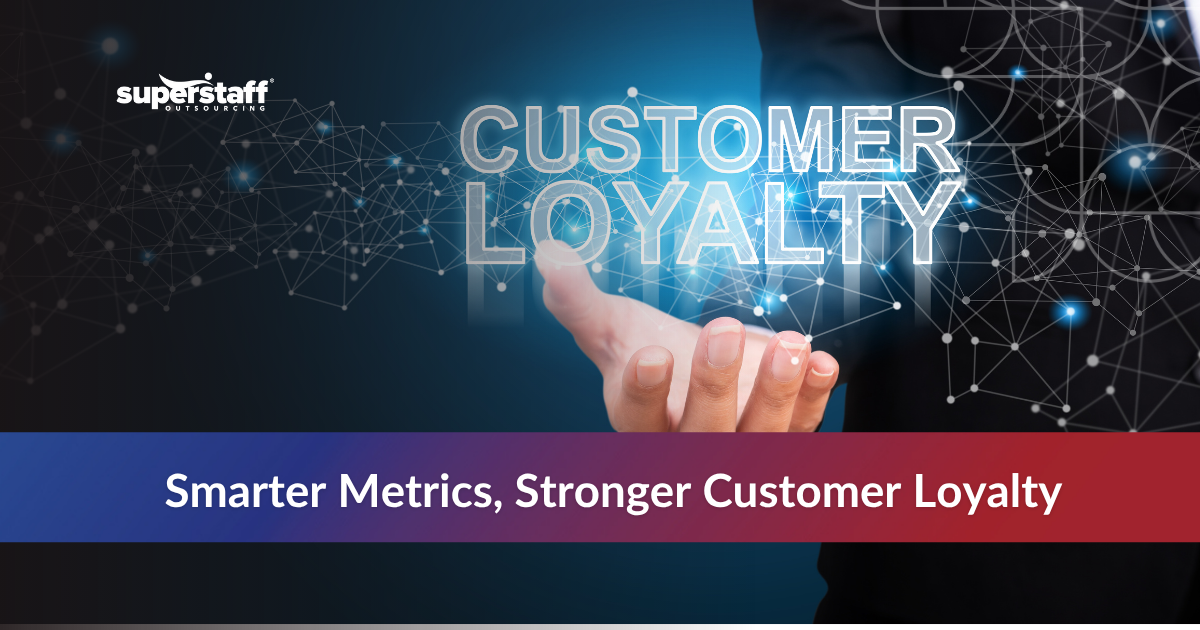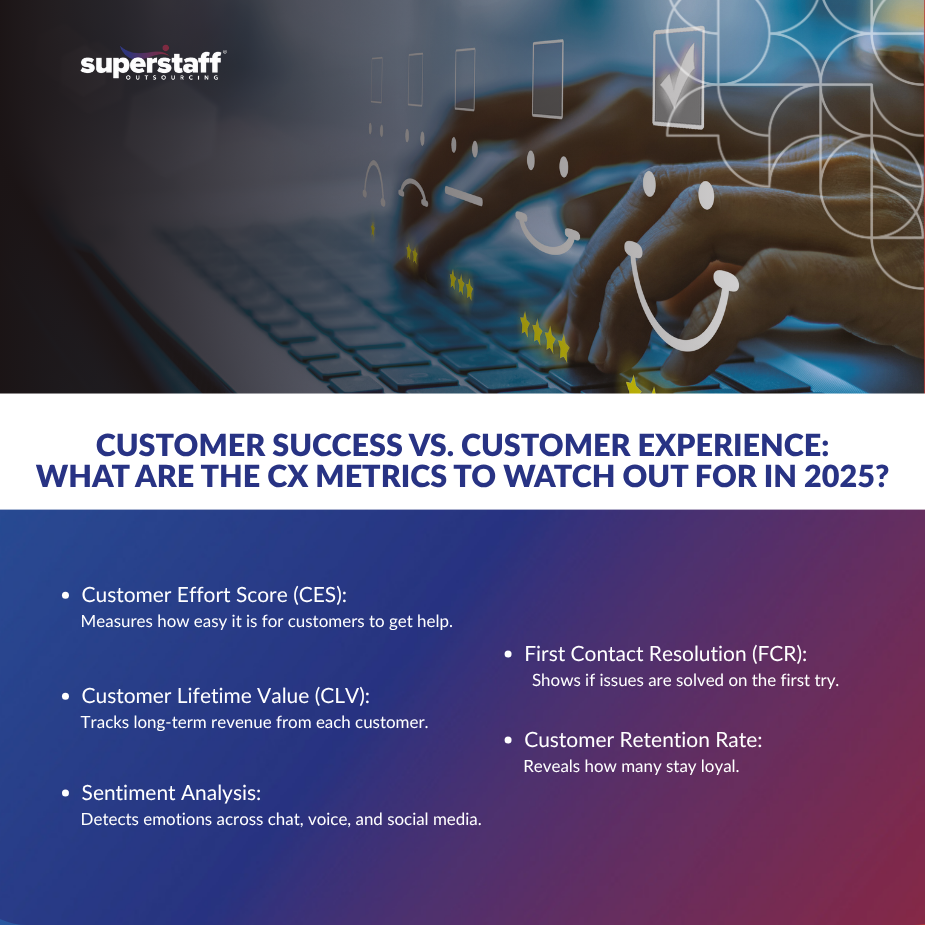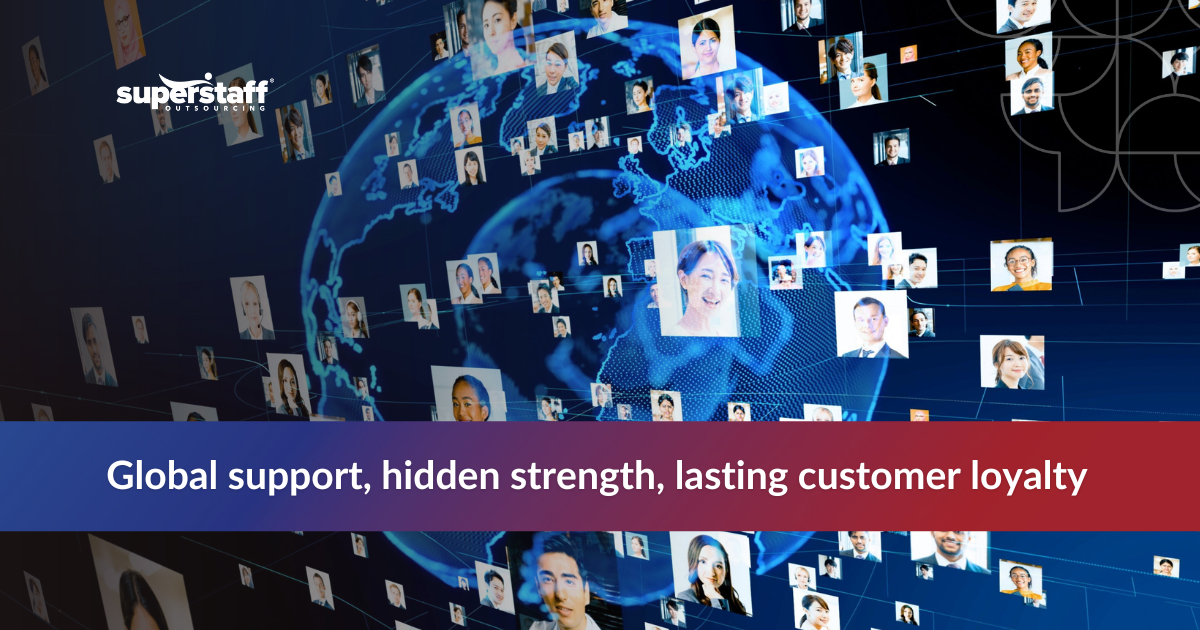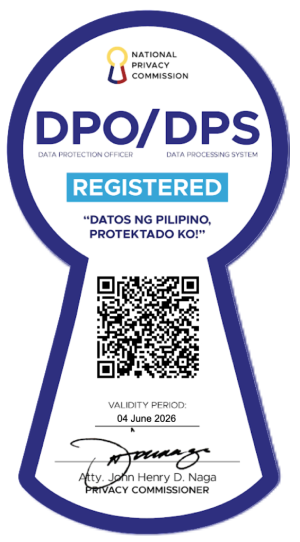
An NPS of 80 won’t save you if your churn is spiking and customers are quietly leaving after one frustrating interaction.
In 2025, customer experience (CX) has become too dynamic, too nuanced, and too fast-paced to be captured by a single number. Net Promoter Score (NPS) and Customer Satisfaction (CSAT) were once the gold standards, but relying solely on these metrics today is like driving with your rearview mirror. They tell you how customers felt—often after the fact—but not necessarily why they felt that way, or how to stop the next problem from happening.
This is where the conversation around customer success vs. customer experience becomes essential. While CX focuses on how people feel about each interaction, customer success measures whether they achieve their goals with your product or service. To deliver both, you must go beyond reactive satisfaction scores and start tracking deeper, behavior-driven metrics.
As expectations evolve and brand loyalty becomes harder to earn (and even harder to keep), CX leaders must look beyond surface-level scores. Metrics like Customer Effort Score (CES), Lifetime Value (CLV), sentiment analysis, and resolution time now play a critical role in shaping smarter, more proactive strategies.
In this blog, we’ll break down the limitations of traditional metrics and introduce the ones that truly matter in 2025—especially for companies leveraging outsourced CX teams. Because today, it’s not just about measuring satisfaction. It’s about understanding behavior, predicting risk, and driving loyalty at every touchpoint.
Traditional CX Metrics Like NPS and CSAT Are Helpful—But Limited
According to a PwC report, 73% of consumers say customer experience is a key factor in their purchasing decisions, but only 49% say companies provide a good experience.
This gap reflects a growing truth at the heart of CX trends in 2025: traditional metrics alone are no longer enough. Net Promoter Score (NPS) and Customer Satisfaction (CSAT) still have their place, but they offer only momentary snapshots, not a complete, dynamic view of the customer experience.
- NPS measures intent, not behavior. Just because a customer says they would recommend your brand doesn’t mean they actually will—or that they haven’t experienced frustration along the way.
- CSAT is usually tied to a single transaction. It can reflect satisfaction with one call, chat, or service request, but it doesn’t consider the broader customer journey.
- Both can be misleading if not paired with real-time operational data. Without the context of how quickly issues are resolved or how customers feel across channels, these scores lose their strategic value.
That’s why forward-thinking brands, in line with CX trends 2025, are expanding their metric toolbox to get a more accurate, actionable view of customer experience.
Customer Effort Score (CES) Offers Better Insight into Friction Points
If customer experience is a journey, friction is the roadblock. That’s where CES becomes critical.
Customer Effort Score measures how easy or difficult it was for a customer to resolve their issue, complete a transaction, or navigate support. The easier the experience, the more likely they are to remain loyal.
- Strong correlation with retention and positive word-of-mouth. Studies show that reducing customer effort is one of the strongest predictors of loyalty.
- Especially useful in omnichannel or self-service interactions. CES helps identify which channels frustrate customers and where improvements are most urgently needed.
While CES focuses on ease, brands must also look at value-driven outcomes.
Customer Lifetime Value (CLV) Shifts the Focus from Transactions to Relationships
In today’s competitive market, it’s not about how many people you serve—it’s about how many stay, engage, and spend more.
Customer Lifetime Value (CLV) is emerging as one of the key answers to what metrics matter most for customer experience in 2025. It tracks the long-term revenue a customer will generate throughout their relationship with your brand, shifting CX from a cost center to a measurable growth driver.
- Identifies high-value customers and segments. CLV helps brands understand who their most valuable customers are, allowing them to tailor experiences accordingly.
- Justifies CX investments tied to ROI. A higher CLV can justify enhanced support, personalization, or loyalty programs for top-tier customers.
When paired with sentiment analysis and behavioral data, CLV offers a powerful lens into not just how customers feel, but how their loyalty translates into tangible business outcomes.

Sentiment Analysis Gives Brands Real-Time Insight into How Customers Feel
Surveys aren’t the only way to understand customers anymore.
Thanks to AI and machine learning, brands and BPOs can now analyze language, tone, and emotional context in real-time—across voice, chat, email, and social channels.
- Can be applied across all CX touchpoints. Whether it’s a chatbot or a human agent, sentiment analysis gauges satisfaction without asking.
- Detects dissatisfaction or delight before formal surveys are completed. Brands can act on emotional signals to intervene before churn or upsell during high-satisfaction moments.
But understanding customer emotions isn’t enough without fixing their issues fast.
First Contact Resolution (FCR) and Time to Resolution (TTR) Reflect True CX Agility
Speed and effectiveness are non-negotiables in 2025—especially when navigating the line between customer success vs. customer experience.
While customer experience focuses on how a customer feels during service interactions, customer success is about achieving long-term outcomes. Metrics like First Contact Resolution (FCR) and Time to Resolution (TTR) help support both. FCR measures whether an issue is solved in a single interaction, while TTR tracks how long it takes to fully close out a case.
- Direct impact on loyalty and operational cost savings. The faster and cleaner the resolution, the more satisfied (and less costly) the customer.
- Useful for tracking BPO team performance over time. These KPIs highlight strengths and gaps in agent training, escalation processes, and backend systems.
With so many metrics available, brands need a clear measurement strategy.
The Future of CX Measurement Lies in Composite, Real-Time Dashboards
It’s no longer about picking one or two CX KPIs. The future lies in integration and intelligent insights.
Modern companies are now investing in advanced CX measurement tools that consolidate customer data from multiple sources—customer surveys, system logs, CRM platforms, and workforce systems—into a single, actionable dashboard.
- Blending NPS/CSAT with CES, CLV, FCR, and more. This helps brands view performance from multiple lenses and uncover patterns that individual scores would miss.
- Integrating feedback loops into workforce management and training. Real-time metrics feed back into agent coaching, quality monitoring, and even automation decisions.
With the right outsourcing partner, this level of measurement is scalable and actionable.
Outsourcing Partners Must Evolve from KPI Reporters to CX Improvement Collaborators
Your BPO shouldn’t just hit numbers—they should help you make sense of them.
The best outsourcing partners in 2025 understand the evolving conversation around customer success vs. customer experience. While CX focuses on how customers feel during interactions, customer success looks at whether those customers achieve their goals and derive long-term value. A top-tier BPO supports this by going beyond SLA compliance and actively improving customer journeys.
- Real-time performance dashboards. Outsourced teams now provide clients with full transparency into CX operations.
- Root cause analysis for repeated complaints. Identifying patterns leads to better process redesign and training.
- Recommendations to reduce contact volume or increase resolution quality. A proactive partner doesn’t wait for problems to get worse—they help you prevent them.
Brands that embrace this approach are already seeing better customer outcomes.
Partner With an Outsourcing Provider That Understands the Nuances of Customer Success vs. Customer Experience
NPS and CSAT alone are no longer enough to guide CX success in 2025.
To truly lead in today’s market, brands must rethink what they measure and how they act on it, especially when considering the growing conversation around customer success vs. customer experience. While CX focuses on how customers feel during interactions, customer success determines whether they achieve their desired outcomes. Both are critical, and both require more meaningful metrics.
A mix of operational, emotional, and financial indicators—from CES and CLV to sentiment analysis and resolution rates—offers a complete, actionable view.
Outsourcing partners aren’t just support vendors anymore. They’re strategic allies in interpreting data, shaping CX strategy, and driving long-term loyalty.
Ready to go beyond basic CX metrics? Let SuperStaff show you how to build a smarter, more responsive customer experience strategy.






